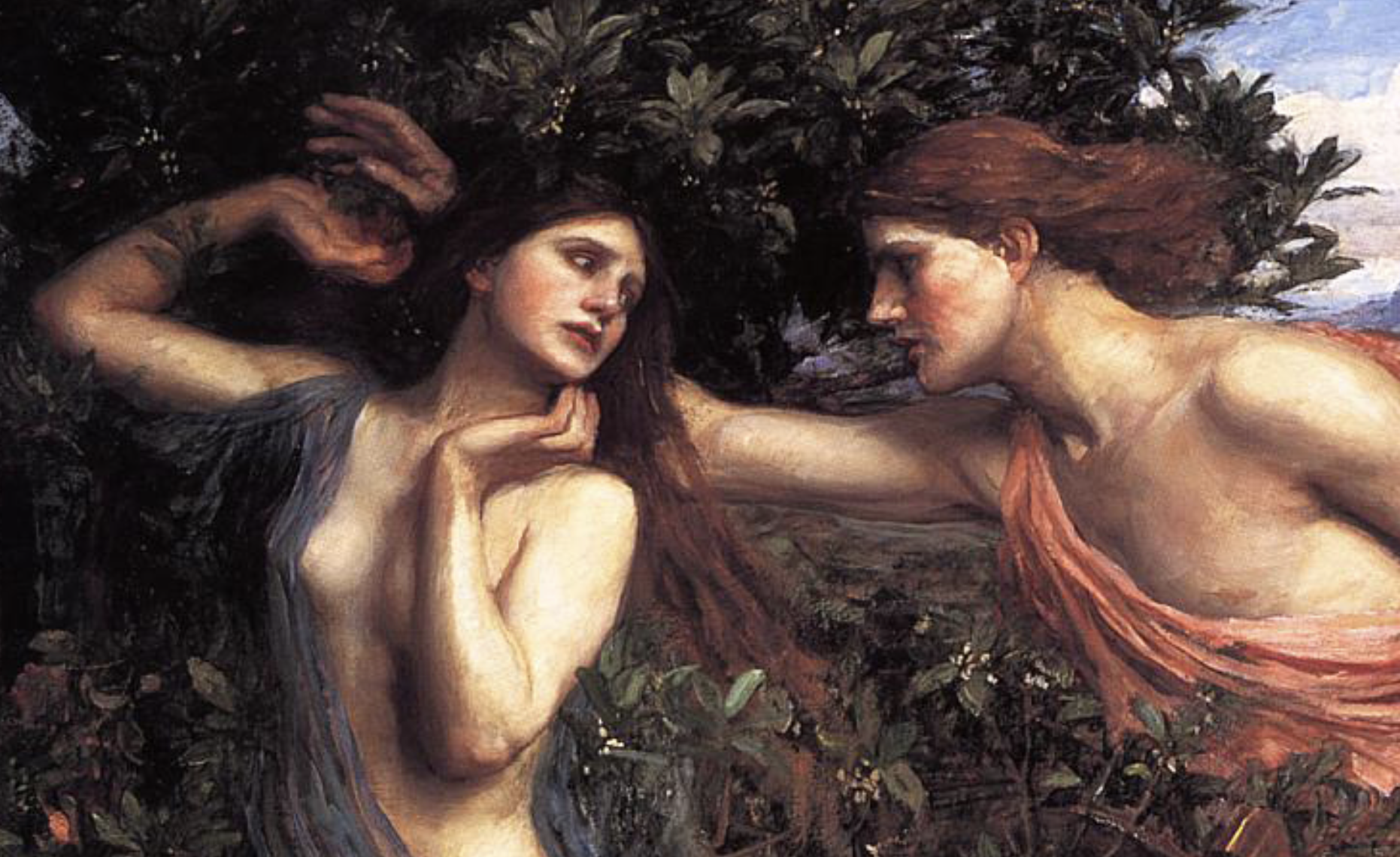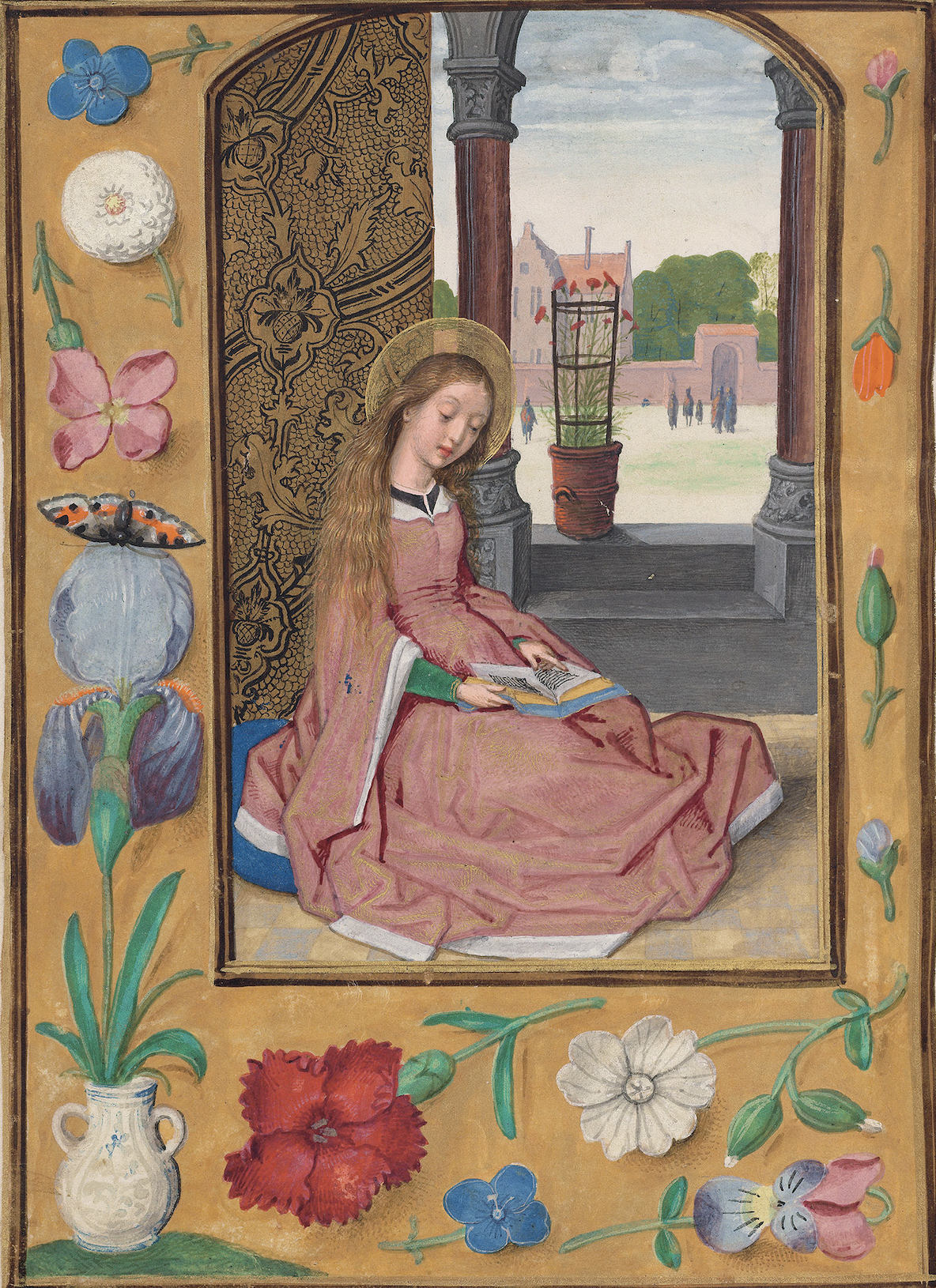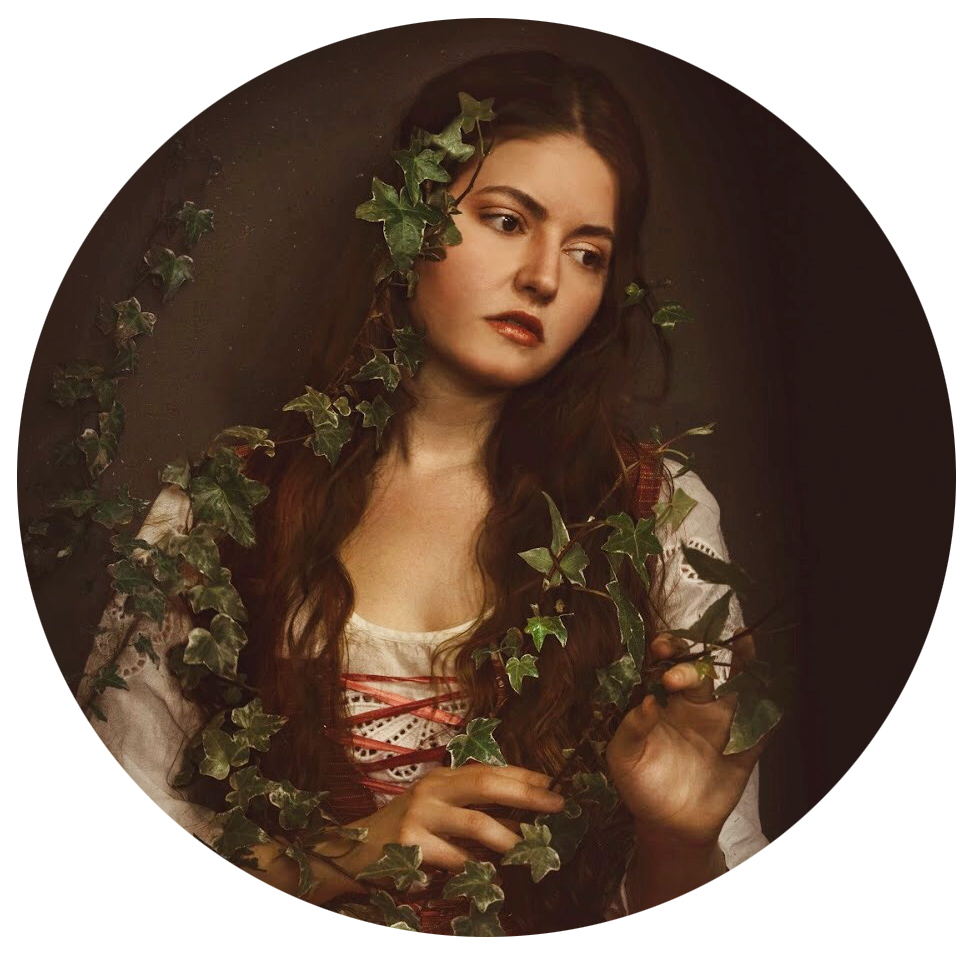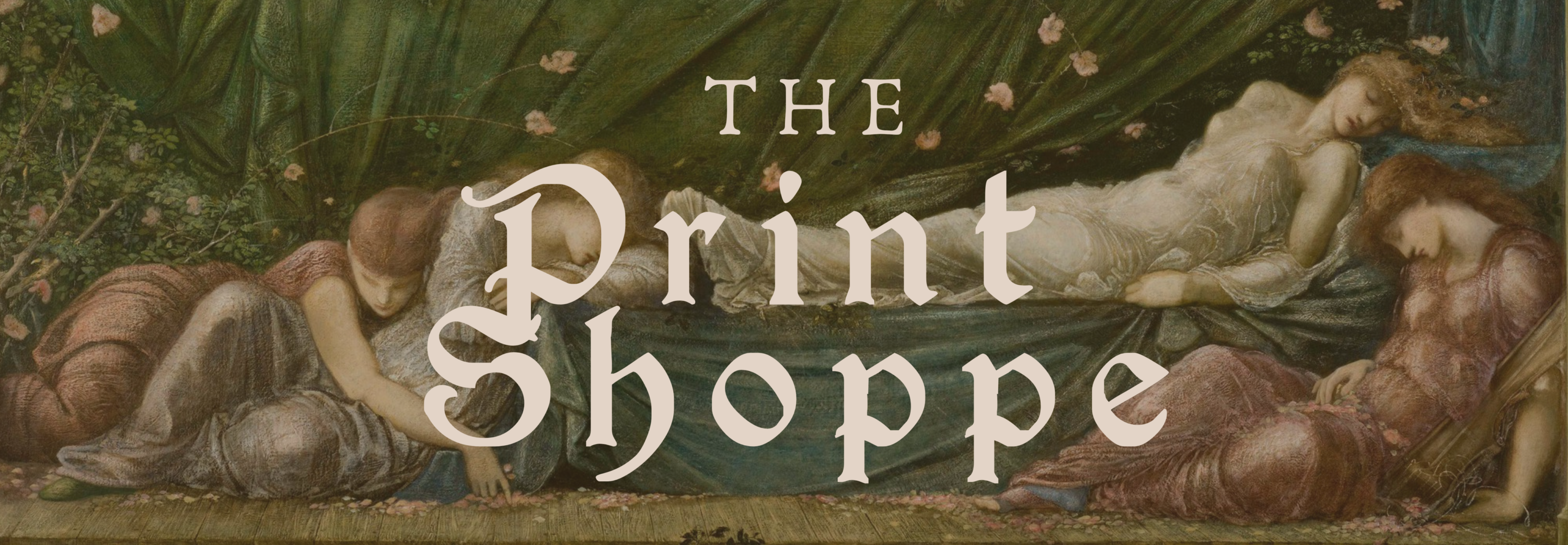
Lyre in hand, Apollo’s grasp nearly reaches Daphne as her leg begins to encase within the rooted form of her new body, a laurel tree. The last glimpse of her frightened face is framed with bundles of laurel leaves and flecks of white buds glowing like pearls. And in near background, the river will forever remain in view, harkening back to Daphne’s previous form as a naiad. I will retell the myth that led to this transformative moment in a later post when I present my personal photographic series inspired by her metamorphoses.

Continuing where I left off on my post on Ophelia’s flowers, I will be attempting to identify the far fewer botanical features and discuss the possible symbolic significance related to the story of Daphne. Though Waterhouse may not have been trying to communicate through the language of flowers, these next passages can then be viewed as a tribute to his painstaking efforts to be true to nature.
by John William Waterhouse, 1908


The anemone, Greek for “Daughter of the Wind,” has been featured in several of Waterhouse’s paintings, including Awakening Adonis (1899), Windflowers (1902), Gather Ye Rosebuds While Ye May (1909), Listening to My Sweet Pipings (1911), Flora and the Zephyrs (1898) Spring Spreads One Green Lap of Flowers. . . I may need to write a separate post on Waterhouse’s use of anemones.
According to the Greek mythos of Aphrodite, the poppy anemone (Anemone coronaria) blossomed from Adonis’ blood after he was slain by a wild boar. In Waterhouse’s Awakening Adonis (1899), Adonis is laying in a bed of anemones “symbolic of the renewal of life” (Soethby). Waterhouse may have by been referencing this mythology’s tale of rebirth and eternal grief.
Hardly had she finished her prayer when her little limbs grew heavy and sluggish, thin bark enveloped her soft breasts; her hair grew into leaves, her arms into branches. Her feet, which until now had run so swiftly, held fast with clinging roots. Her face was the tree’s top; only her beauty remains.
Mark P.O. Morford and Robert J. Lenardon, Classical Mythology


Her father’s power of immortality gifted Daphne with life of a never decaying tree, the bay laurel. In this moment of the chase that Waterhouse shows us, Daphne has taken root. This favorite tree of Apollo was later bestowed as a crown of bay laurel leaves for his victory in the Pythian Games.
“My bride, since you can never be,
At least, sweet laurel, you shall be my tree.”
— Ovid, Metamorphoses


Following the movement of the chase and beginning to intertwine with Daphne, you will find vibrant red and green grouping of three leaves. It seems to mimic the movement of Apollo, as it grows towards her new growth and nearly ensnares her ankle/trunk just as he is about to clasp her wrist/branch.



At the far upper right of the canvas, there is a formidable tree structure, resembling the sprawling branches of a stone pine. I do not believe there is any symbolic significance in the usage of this pine that is related to the myth, but Waterhouse may have used Giovanni Battista Tiepolo Apollo and Daphne (shown above) as inspiration of his setting. However, it is interesting to note that in Ovid’s poem, Ars amatoria (The Art of Love), he lists several botanical aphrodisiacs, one of them being “the nuts that the sharp-leafed pine brings forth.”


References
Zimmerman, Edith. Daughter of the Wind: Myth, truth, and forsaken flowers.
Sothebys. Study for the Head of Venus.










